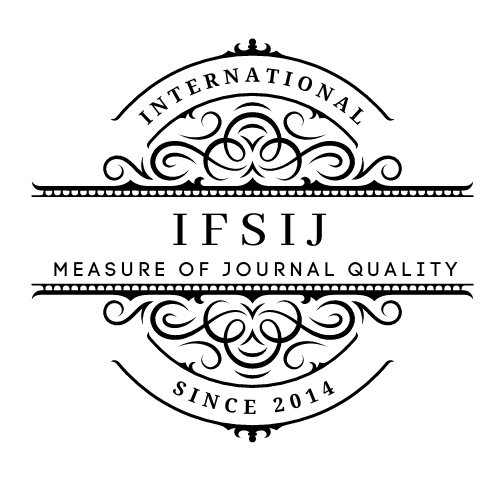DEHYDRATION CHALLENGES IN CENTRAL ASIA: A LOOMING CRISIS
Keywords:
Soil Salinization, water scarcity, flood irrigation, transboundary rivers, drip irrigation, shared water resources, Food and Agriculture Organization (FAO), sprinkler systems International Fund for Saving the Aral Sea (IFAS), Development Bank (ADB).Abstract
Central Asia is confronting a severe water scarcity crisis, exacerbated by climate change, inefficient agricultural practices, and geopolitical tensions over shared river systems. By 2050, projections suggest a 20% decrease in river flows in key basins such as the Amu Darya and Syr Darya, significantly impacting agriculture, which consumes over 90% of regional water resources (World Bank, 2022). This article examines the factors driving the water crisis, including outdated irrigation systems that waste up to 50% of water (FAO, 2022), and explores the socioeconomic consequences, such as potential losses of $25 billion annually by 2030 (World Bank). It also discusses potential solutions, including modern irrigation technologies and regional cooperation frameworks like the International Fund for Saving the Aral Sea (IFAS), which could help mitigate these effects. The article concludes by calling for urgent regional and international collaboration to adopt sustainable water management practices and ensure the region's long-term stability.
Downloads
Published
How to Cite
Issue
Section
License

This work is licensed under a Creative Commons Attribution-NonCommercial-NoDerivatives 4.0 International License.















